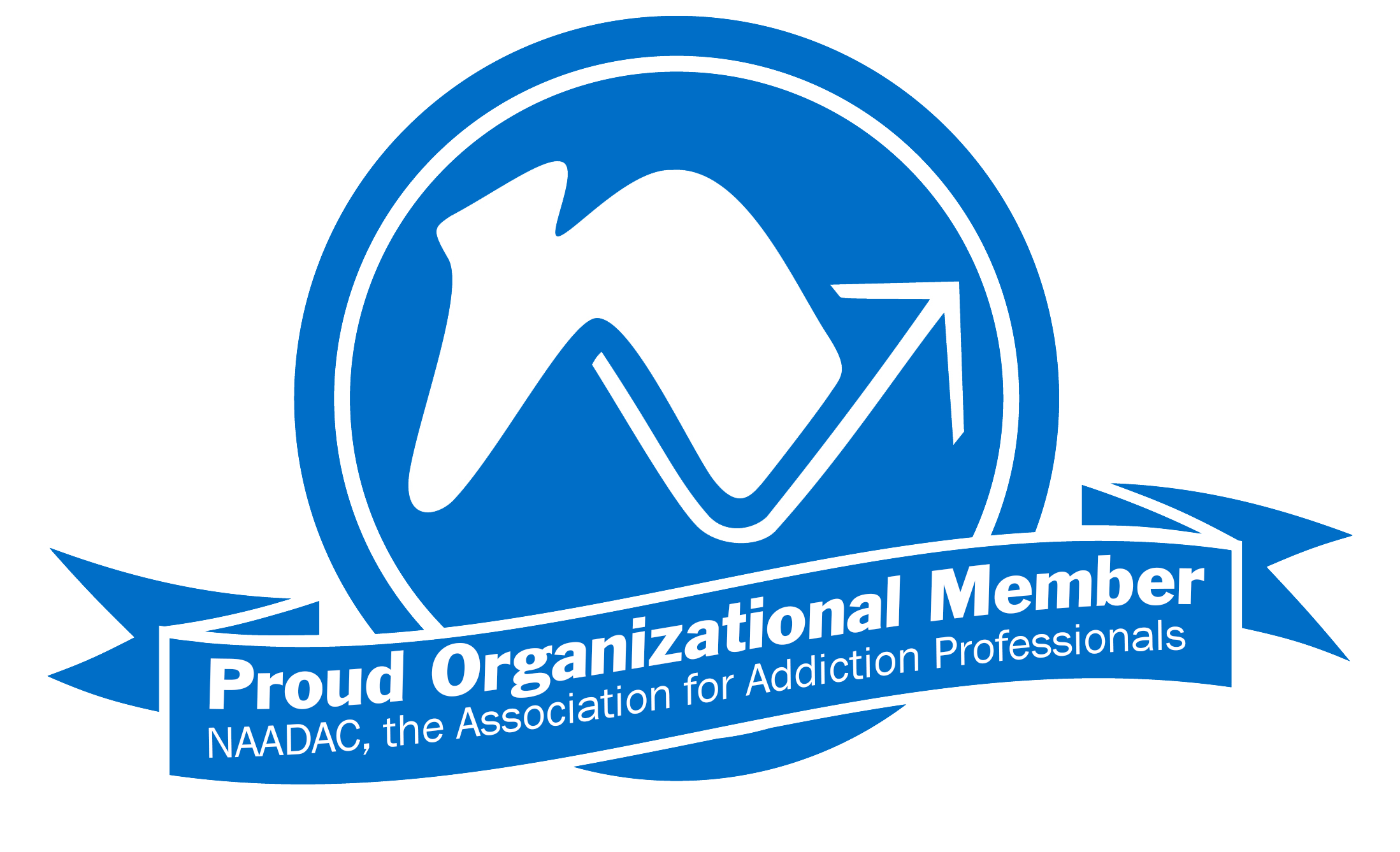For decades, addiction treatment consisted of standard individual and group counseling programs. It was a rather simple approach to treatment, one that consistently led to high relapse rates. In the last ten years, we have seen the addiction treatment community move towards a more sophisticated approach to treatment. Therapists are now turning more towards evidence-based treatment modalities like Dialectical Behavioral Therapy (DBT). There are many common DBT techniques the addiction community is using these days.
What is Dialectical Behavioral Therapy?
Evidence-based practices have a rich history regarding the treatment of emotional problems and personality disorders. The most common forms of evidence-based therapy are cognitive behavioral therapy and dialectical behavioral therapy. To qualify as an evidence-based practice, then research has to be supportive of the objective, easy to duplicate, provide consistent results in multiple testing environments and stand as a published study in an industry journal.
The focus of dialectical behavioral therapy is on the client’s feeling and emotions. The assumption is that negative feelings and emotions are acting as the driving force behind the addiction. Therapists further believe they can get the client to change their behaviors if the client is able to quickly identify the onset of negative feelings.
Over the years, the addiction treatment community has successfully developed DBT techniques that are bringing good results. These dialectical behavior therapy techniques have the ability to stand the test of time in a wide range of treatment environments. For that reason, we want to look closely at some of the dialectical behavior therapy in Philadelphia our therapists use at Providence Treatment.
Common DBT Techniques
The primary objective of dialectical behavior therapy techniques is to teach the client how to get in touch with their feelings and emotions. For example, here are four common DBT techniques.
Five Senses
This exercise focuses on sharpening the client’s awareness of their senses. Quite literally, the therapist asks the client to communicate about how they are experiencing all five senses (sight, tough, hearing, smell, and taste) at the time of the exercise.
Body Scan Exercise
As the client assumes a lying position, the therapist will then direct them to start at the head and move slowly towards the feet, expressing the sensations they are feeling in their body at every juncture.
The Raisin Exercise
The therapist hands the client a raisin under the premise the client has never seen one before. The therapist then asks the client to examine the raisin through the five senses, reporting their perceptions.
Mindful Seeing
As the client stares out a window, the therapist then asks the client to focus on the details of what they are seeing by looking only at the positive aspects.
About Providence Treatment
From our facility in Media, PA, we provide a wide range of modern treatment services for business professionals and also celebrities. With a focus on the specific needs of our client base, each client receives the benefits of custom treatment. Here’s a sample of our treatment programs:
- Outpatient care for professionals
- Trauma therapy
- Intensive family therapy
- Silent Retreats, Spiritual Counseling
- Relapse prevention
As you consider where to go for addiction treatment, then you might want to find a place that offers DBT techniques. That should put Providence Treatment high on your list of options. If we can be of service, please call us at [Direct].









